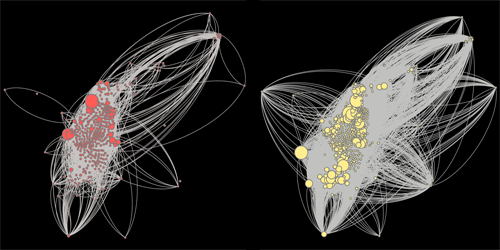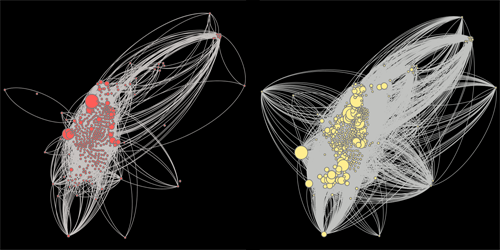Social Determinants of Epidemic Growth
The containment of infectious diseases is largely determined by our capacity to intervene at the early stage of an outbreak. To be effective, containment measures must selectively target the parts of the population that play a critical role in triggering a disease outbreak. A team of researchers led by Alex Arenas at Rovira i Virgili University, Spain, has found that small changes in social mixing and geographical mobility within a population can dramatically alter the set of subpopulations that are critical for an epidemic onset. This knowledge could be useful in designing optimal disease-containment policies.
The spreading of diseases is typically described using epidemic models in which parts of the population are segregated in spatial patches and allowed to interact via the mobility of individuals between patches. However, these models are often solved within a so-called mean-field approximation, which misses important real-world details. For instance, certain age or socioeconomic groups may have different mobility habits. Arenas and his colleagues have developed a new formalism that treats these groups as multiple layers of a complex population network. Compared to mean-field models, this representation allows a better description of effects that are due to the population’s heterogeneity.
The team applies this theoretical framework to the real urban system of Medellín in Colombia, where six different socioeconomic groups coexist, each with its own mobility and its own distribution over 400 city areas. The authors study how the mixing across different classes and the average mobility of each class influence the propagation of a disease. They find that small changes in these parameters could abruptly change the city areas that spur an epidemic and should be the primary targets of containment actions.
This research is published in Physical Review X.
–Nicolas Doiron-Leyraud
Nicolas Doiron-Leyraud is a researcher at the University of Sherbrooke.





